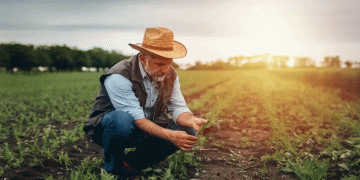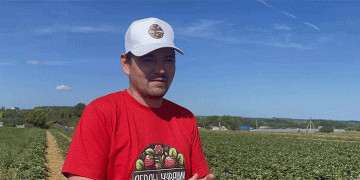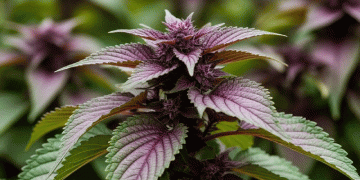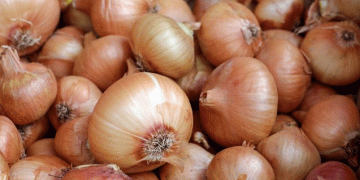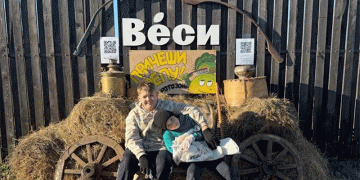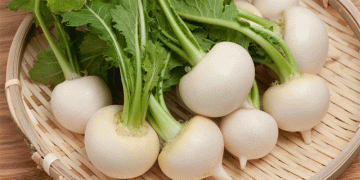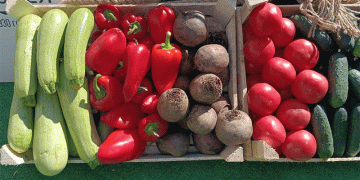As California weathers another drought, tools that can help farmers and ranchers maximize the water they do get are being sharpened.
The newest effort to measure such water use was launched last week by a public-private coalition featuring three federal agencies – the National Aeronautics and Space Administration; the U.S. Department of Agriculture; and the U.S. Geological Survey – and a number of universities and private entities. OpenET, which aims to track water use across 17 western states, went live Oct. 21 and is available at www.openetdata.org

ET refers to evapotranspiration, the process by which water evaporates from land surfaces and transpires from plants.
Robyn Grimm, director of climate-resilient water systems at the Environmental Defense Fund, likened managing water without evapotranspiration data to managing a household budget without knowing how much money is being spent.
“It is the second-largest component of the water cycle and can be thought of as the opposite of precipitation,” Grimm said at a virtual news conference announcing the launch last week. “It’s water that leaves the land surface and goes back out to the atmosphere, and as such, it’s a measure of the water that can no longer be used in a local system once it’s been applied to the landscape.”
The program begins with satellite observations from Landsat, a joint mission between NASA and the Geological Survey. The program has three satellites in orbit, the newest of which was launched in early September. Data from other NASA and European Space Agency satellites are also used.
Forrest Melton, a research scientist at NASA’s Western Water Applications Office, said at the news conference that evapotranspiration consumes energy and cools the surface from which water is evaporating.
“This cooling effect is visible to Landsat’s thermal infrared sensor, which detects higher rates of ET as cooler land surface temperatures,” Melton said. “Cooler temperatures, in turn, mean that more water is being used or transpired by plants, and also evaporated from the land surface.”
Plants will reflect different amounts of infrared and near-infrared light depending on the health of the vegetation, Melton noted.
“This allows us to calculate ET for nearly every agricultural field in the West, and also to measure the effects of drought (and) wildfire across the landscape with a tremendous amount of detail,” Melton said.
Combining the satellite data with meteorological data allows scientists to calculate evapotranspiration rates for every pixel of a satellite image, Melton said, adding that each pixel measures 30 by 30 meters, or about a quarter of an acre.
There are private-sector efforts in this area underway as well. Joel Kimmelshue launched LandIQ in 2007 using some of the same underlying technologies on behalf of his clients.
“We hang our hat on being able to communicate directly with the grower and understanding how a grower thinks, because I’m from that environment,” said Kimmelshue, who comes from a Butte County farming family. His technology drills down to a smaller resolution than OpenET 10 meters by 10 meters, or 0.02 acre – and the data are available only to the client. OpenET data, by contrast, will be available to the public in a limited fashion.
In addition to crop-mapping work for the state Department of Water Resources, LandIQ is undertaking evapotranspiration-data collection for a number of irrigation districts and groundwater-sustainability agencies in the southernmost stretch of the San Joaquin Valley.
“They’re using the data for actually billing growers now on the water they consume – how much water the crops transpire versus the more traditional billing structure of how much water did you apply? How much water did you pump?” Kimmelshue said.
“Not every drop of water that’s applied to the surface of the soil is used by the crop,” he added. “You want to get up to around 90% efficiency or thereabouts if you can, but the remainder of the water goes back to groundwater.”
An efficiency rate of 90%, Kimmelshue explained, means that percentage of water is being taken up by the plant or tree.
“That efficiency rate can be as low as 50%, depending upon how you manage the water,” he said. “If you just turn on your pump and apply water for three days straight, you’re going to apply way more water than the crop can use. If you turn on your pump and apply water in response to the demand of the crop, which is what our data provides, then you can manage your pumping in a much more efficient way.”
Kimmelshue doesn’t just take the satellites’ word for it—he and his staff spend a lot of time on the road.
“Our small business is centered on heavy ground-truthing,” Kimmelshue said. “We have a network of about 80, approaching 90 stations now, climatic environmental stations on the ground that measure things like wind speed and temperature and humidity and net radiation, etc., to calculate actual ET. We use that as a calibration stack of data to train the models.”
His crop-mapping work comes in handy as well, he noted.
“We integrate that crop mapping into our analysis,” Kimmelshue said. “We’re able to look at ET of almonds, ET of walnuts, ET of alfalfa.”
That data, he said, should help farmers and ranchers deal with being under a microscope.
“There’s so much scrutiny on growers right now about being more efficient, being more efficient, being more efficient – pump less, pump less, pump less,” Kimmelshue said. “Because of (Sustainable Groundwater Management Act), there likely will be significant ground fallowed in the south (San Joaquin) Valley and possibly other areas of the state. Growers are going to stretch those water supplies as far as they can. They’re absolutely incentivized to not over-apply at this point.”
– Kevin Hecteman, California Farm Bureau Federation















